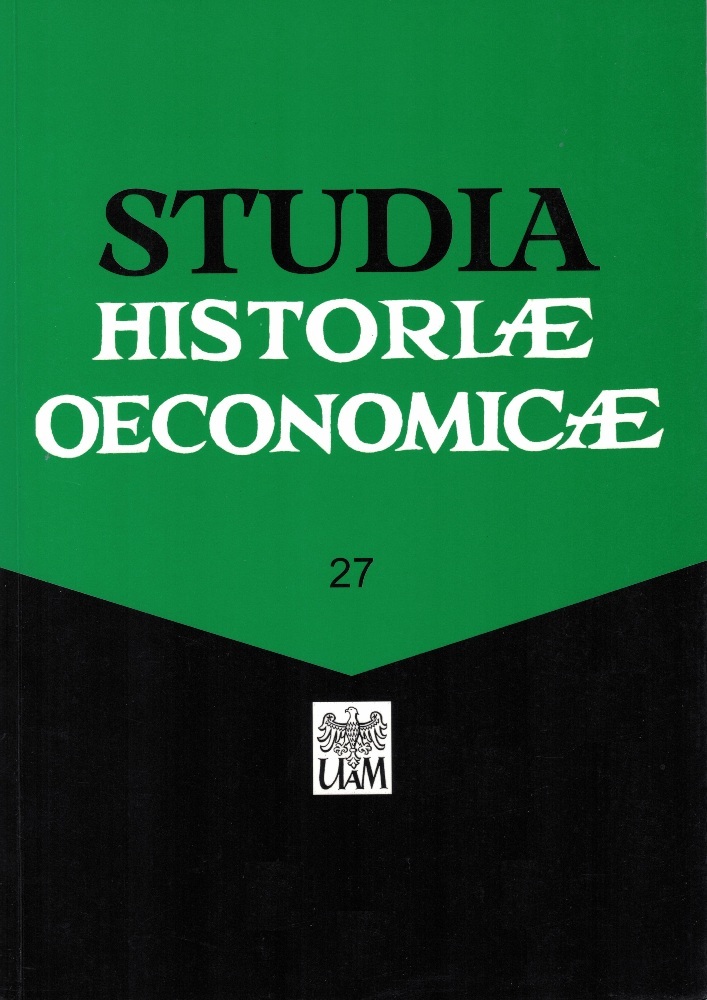Abstract
This article is based on research into my dissertation on Eisenhüttenstadt, Kraków Nowa Huta and Ostrava Kuncice in the socialist transformation, which I defended at the European University Viadrina in May 2005. The celebrant, as a first-class expert on the history of German-Polish relations, has followed and supported the course of my research throughout. The main method of the study was historical comparison, which in the sense of the Histoire croisee approach is only a conditional part of transnational historiography. Even more critically, and in the words of the two fathers of the Histoire croisee approach, Michael Werner and Benedicte Zimmermann, my method - comparison - "cannot really grasp the historicity of the problems being studied and tends to exclude the specificity of the respective cultural construction".2 With this article, I would like to suggest and convince you that the comparative approach, as I understand it, can also be used to study the history of the entanglement between Poland and East Germany.
License
© by Institute of History, Adam Mickiewicz University, Poznań, 2009
OPEN ACCESS





